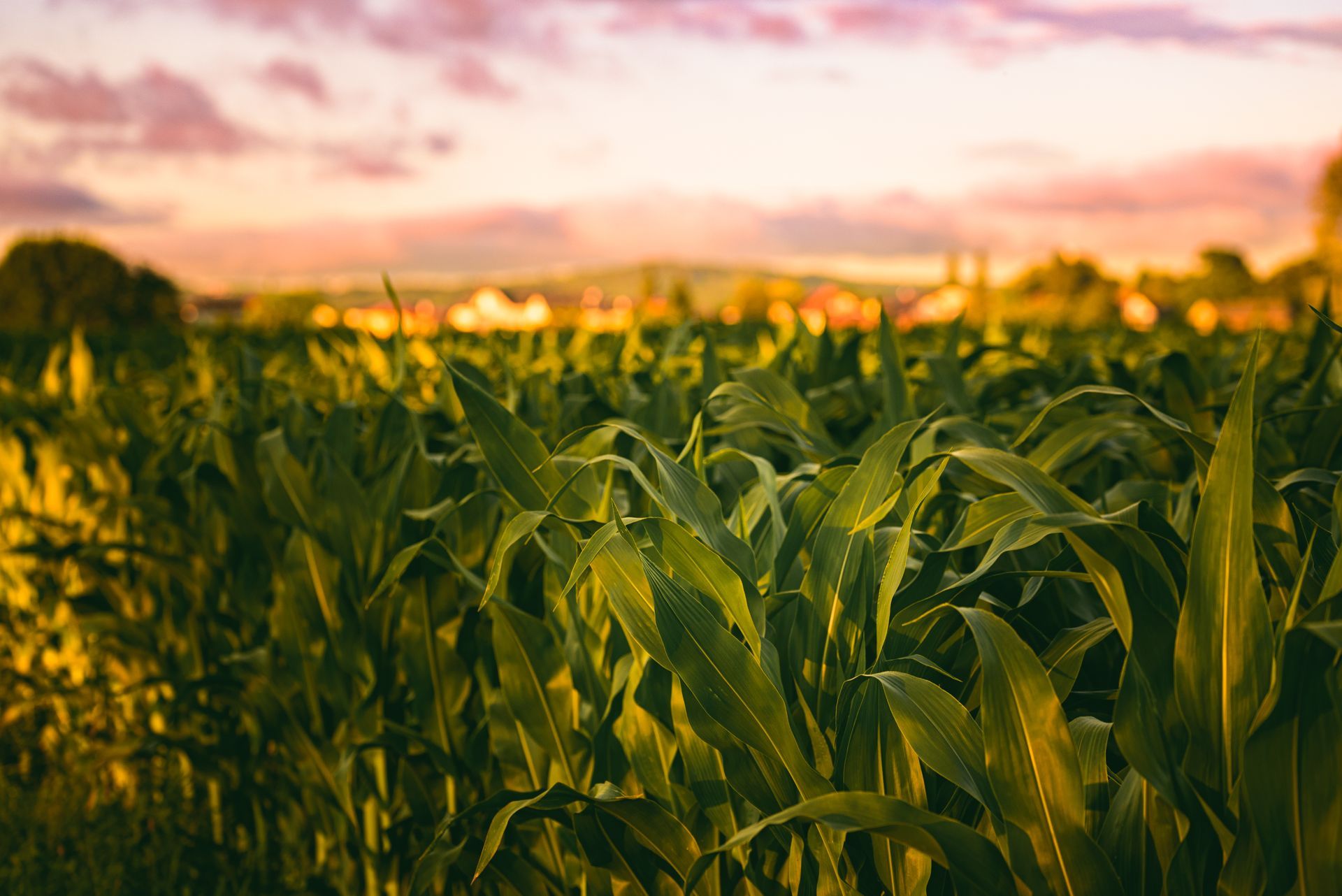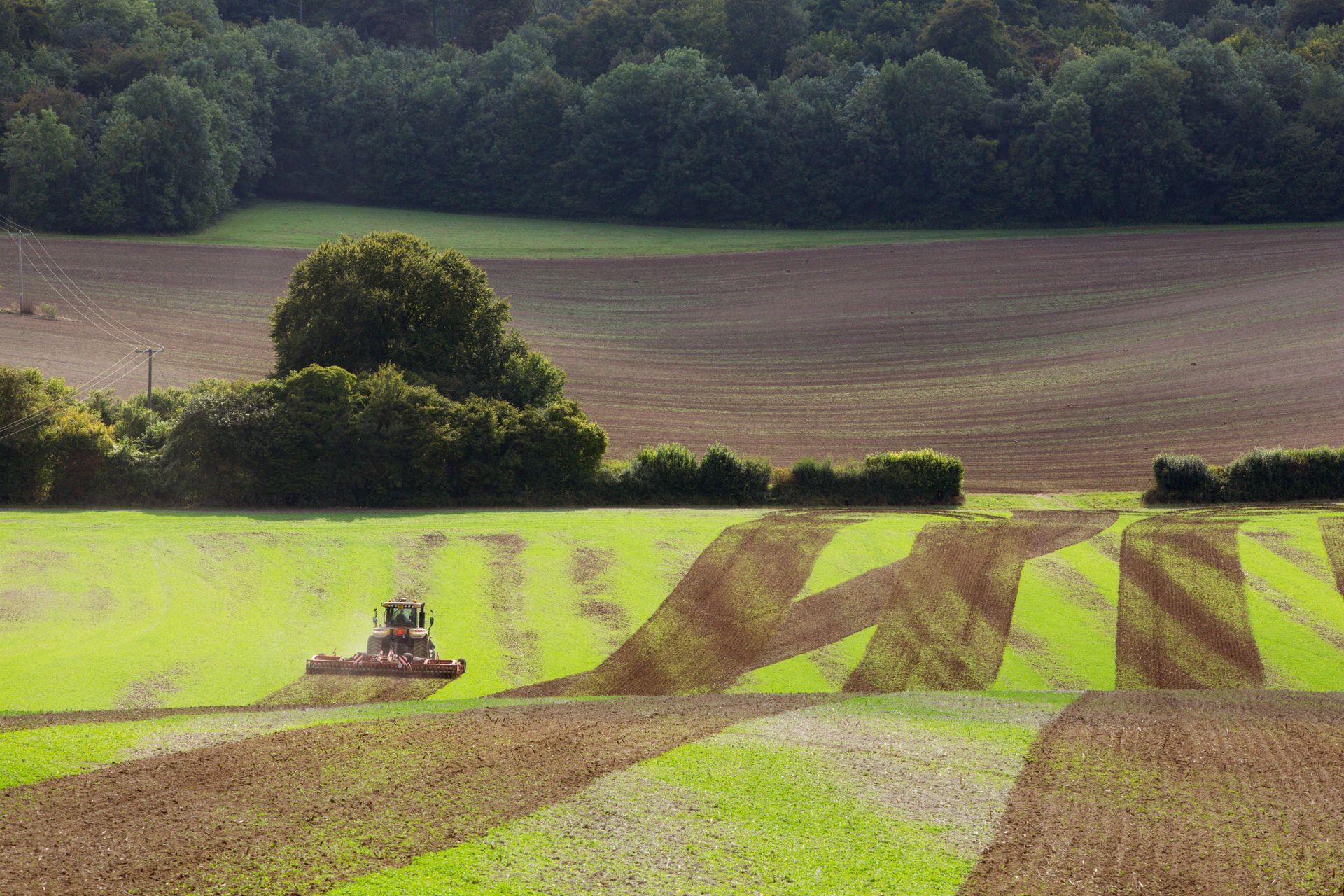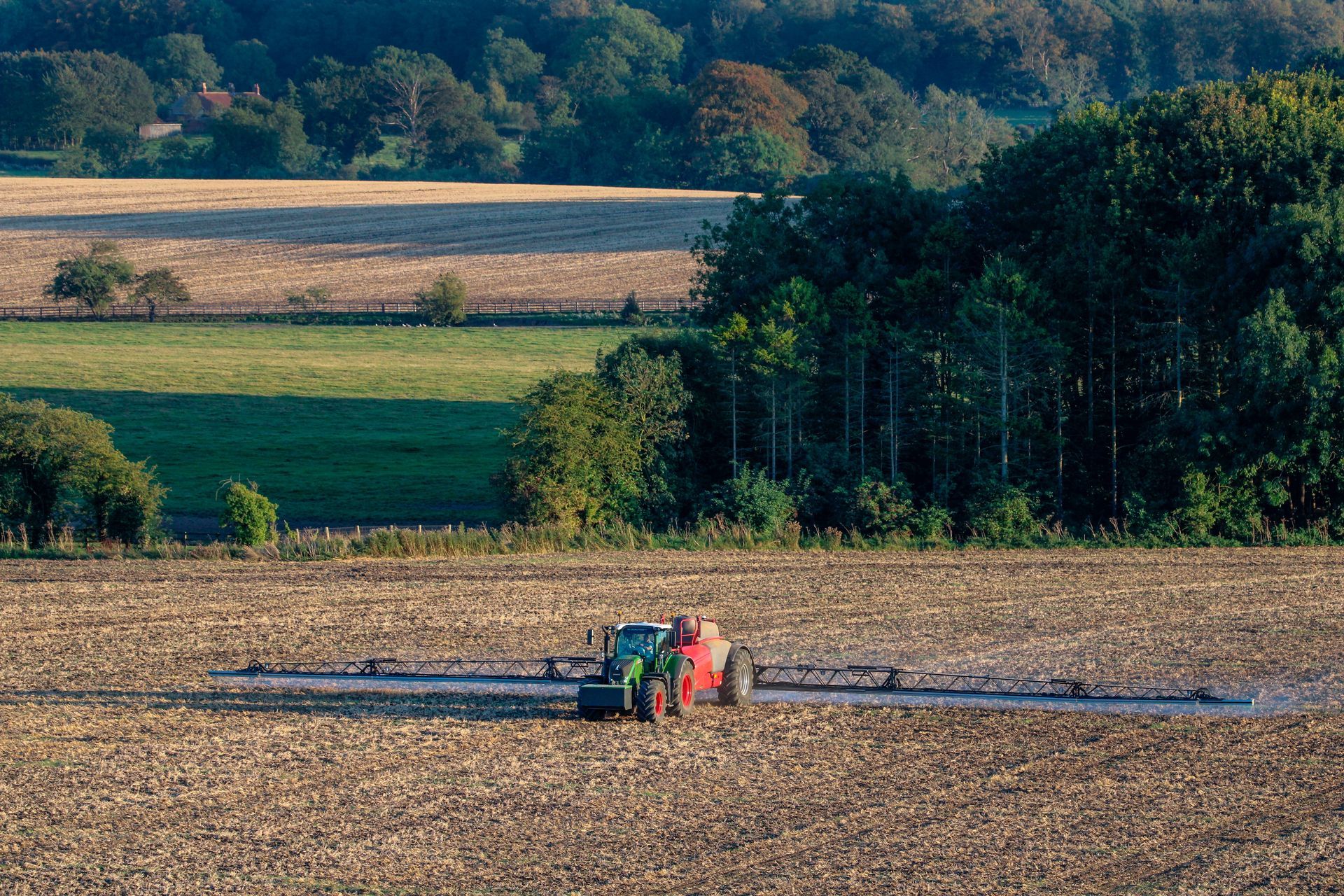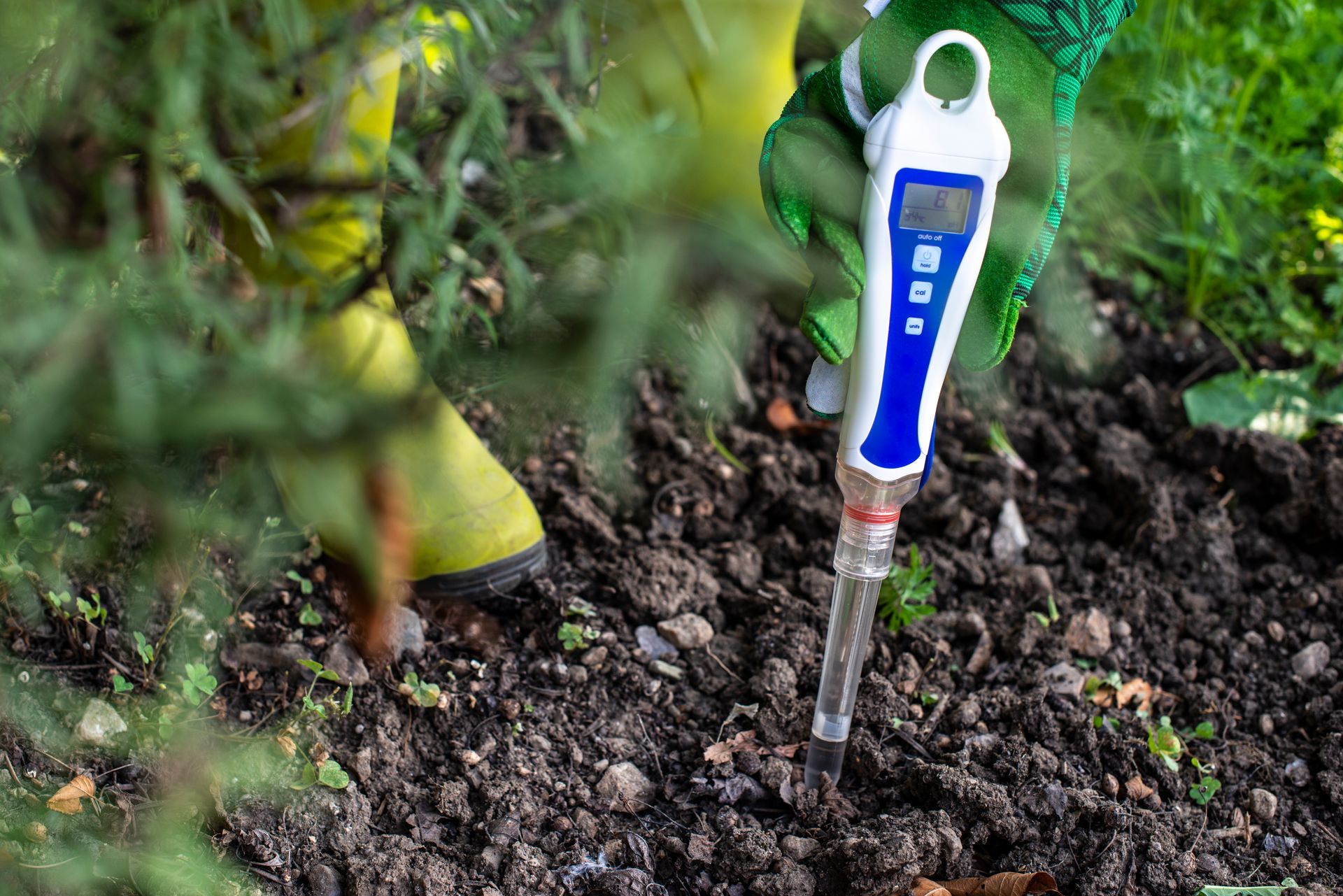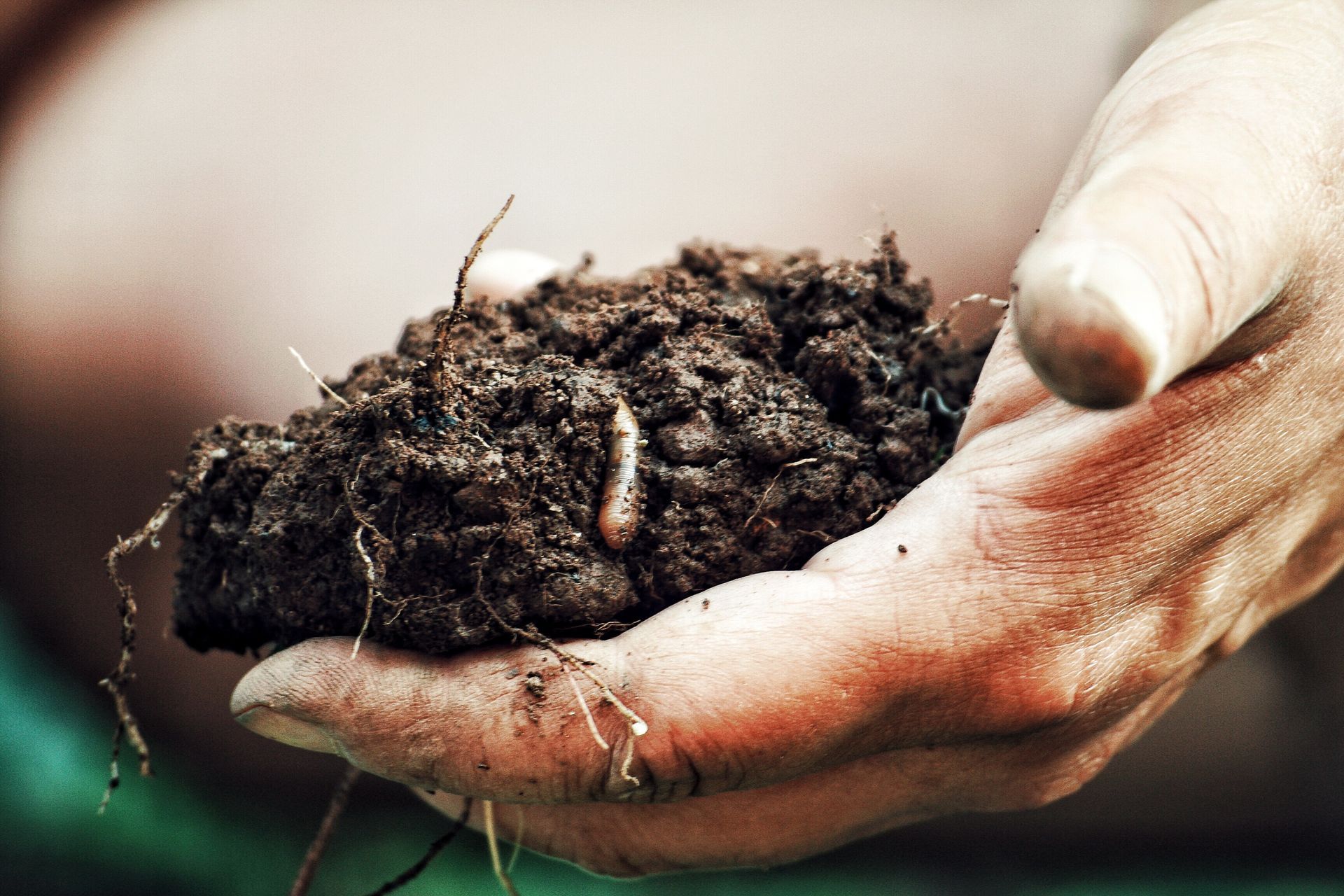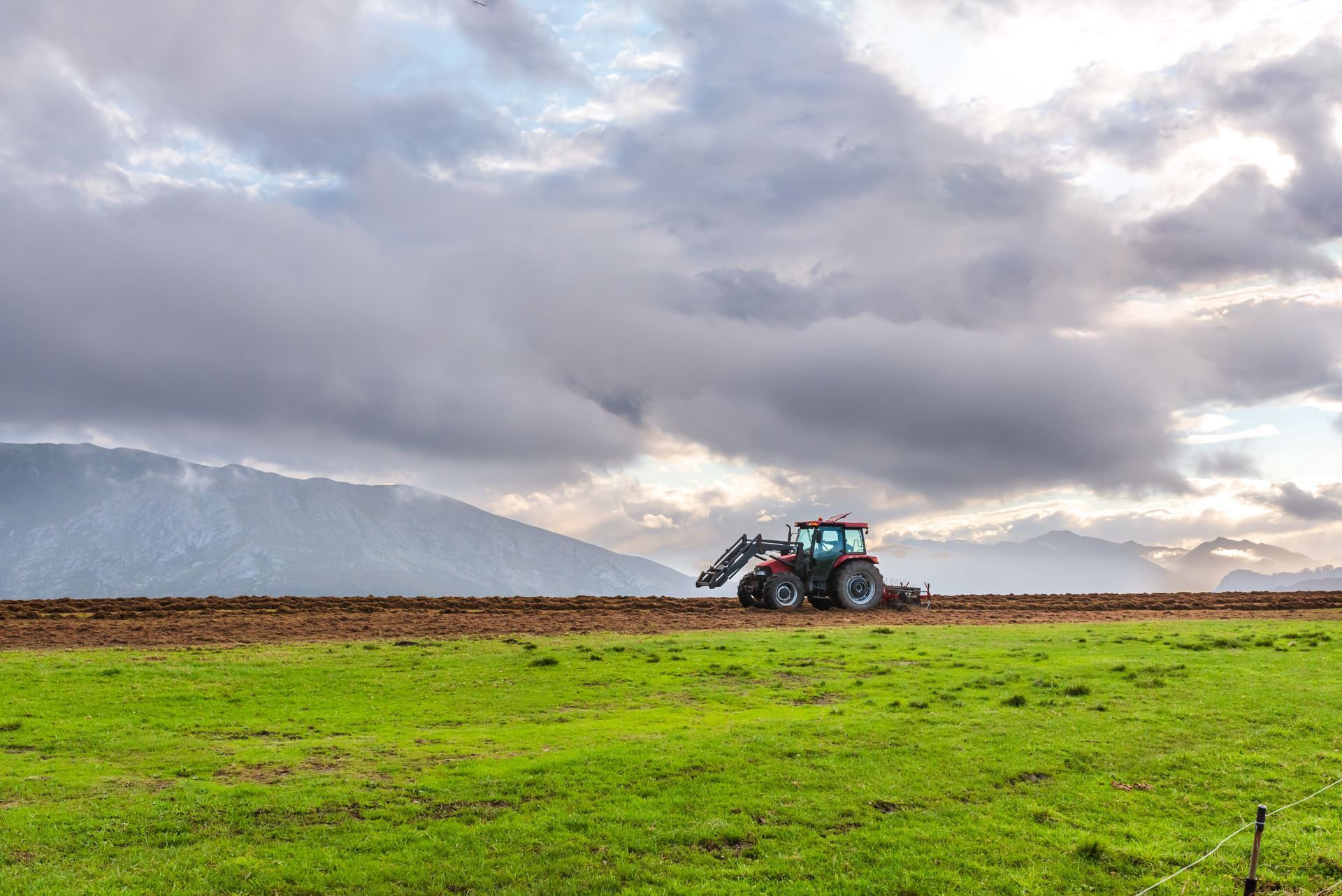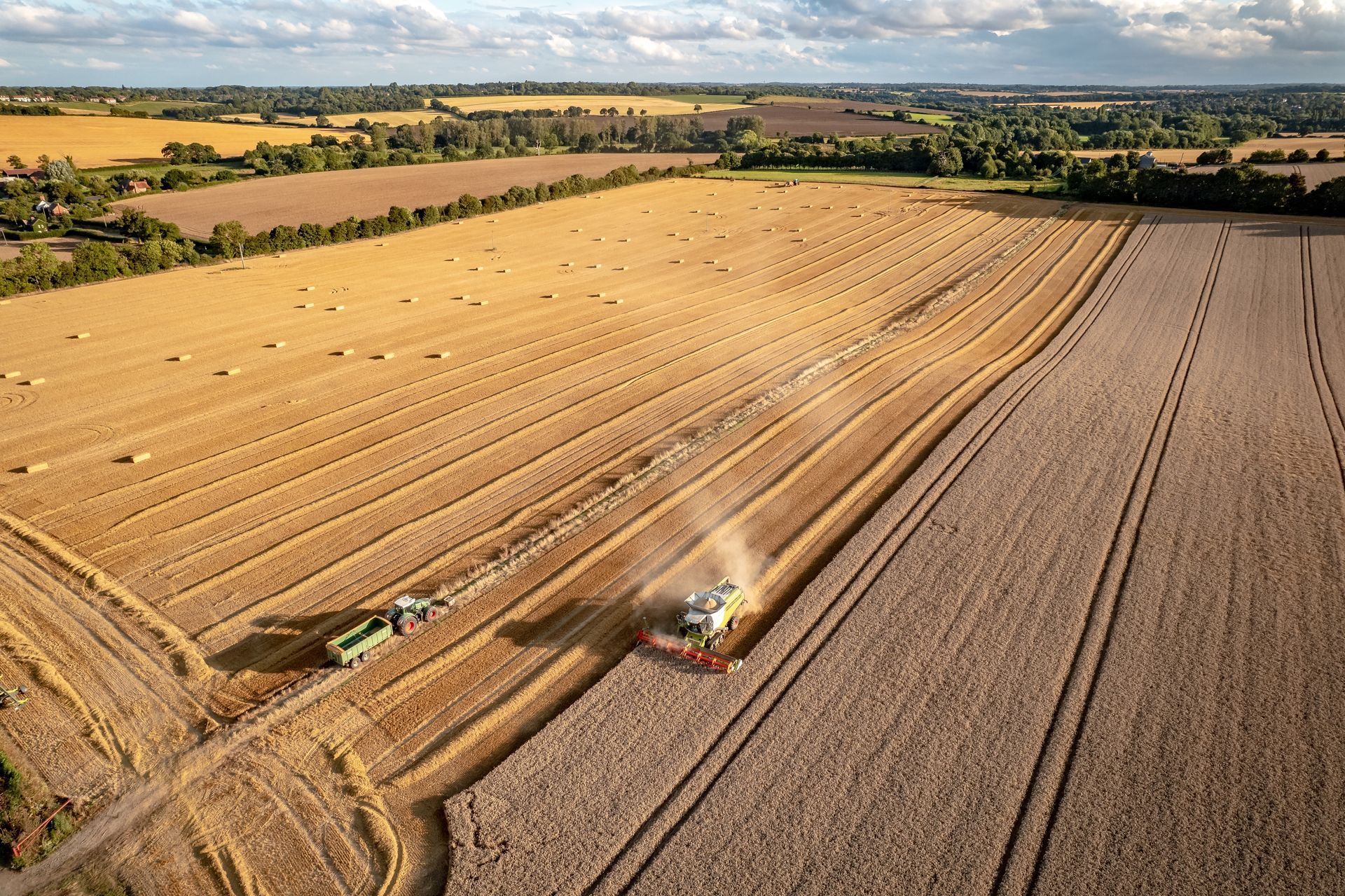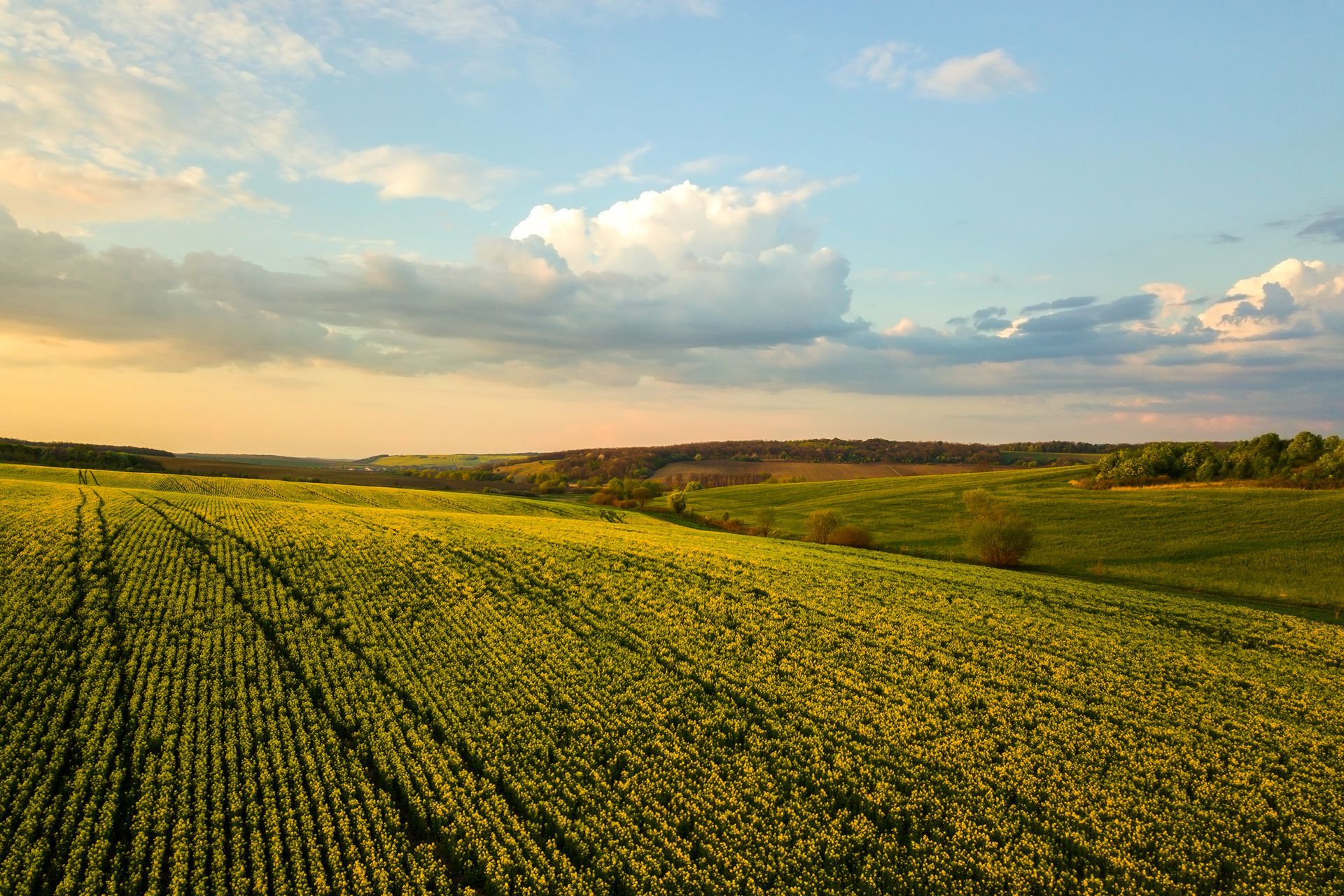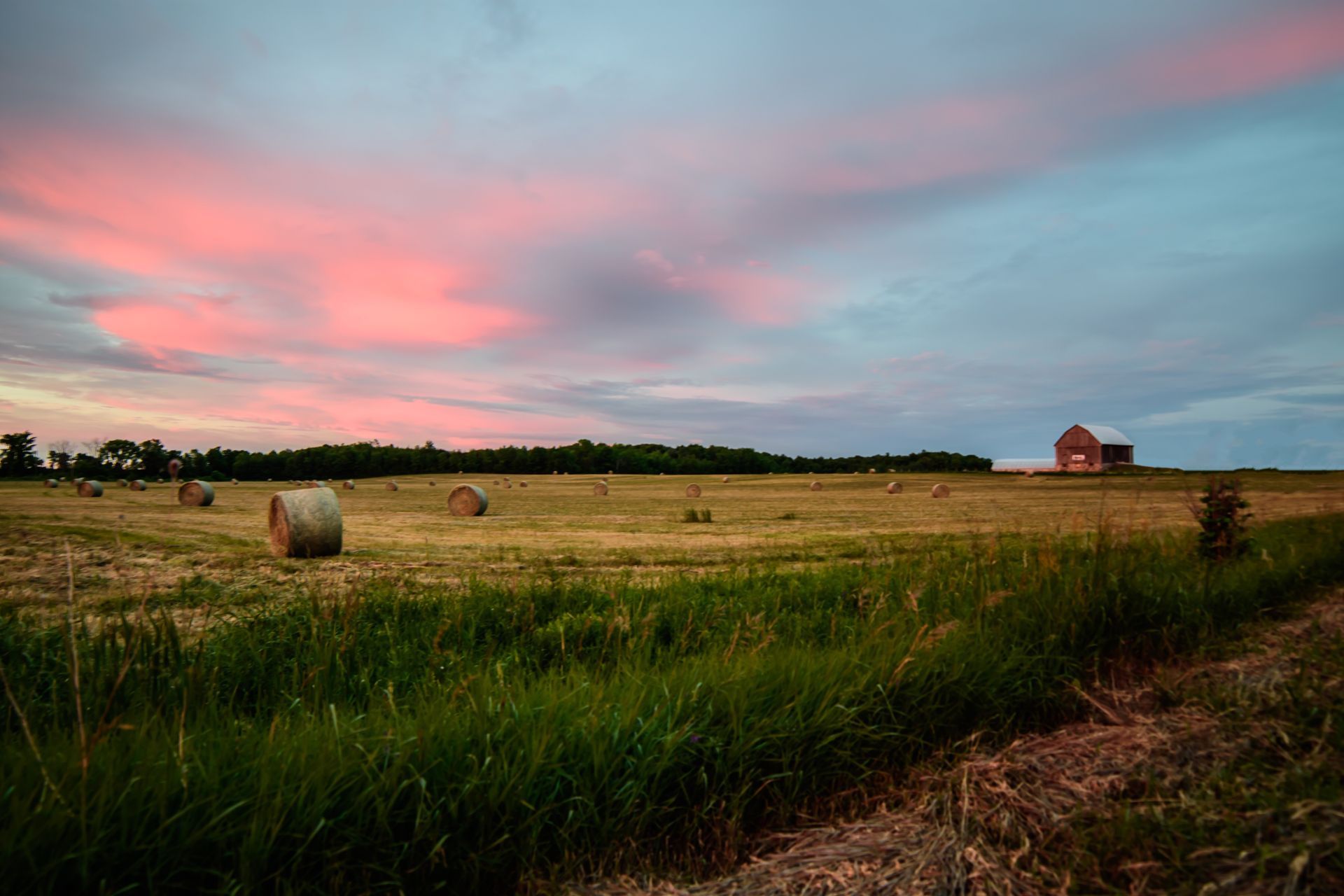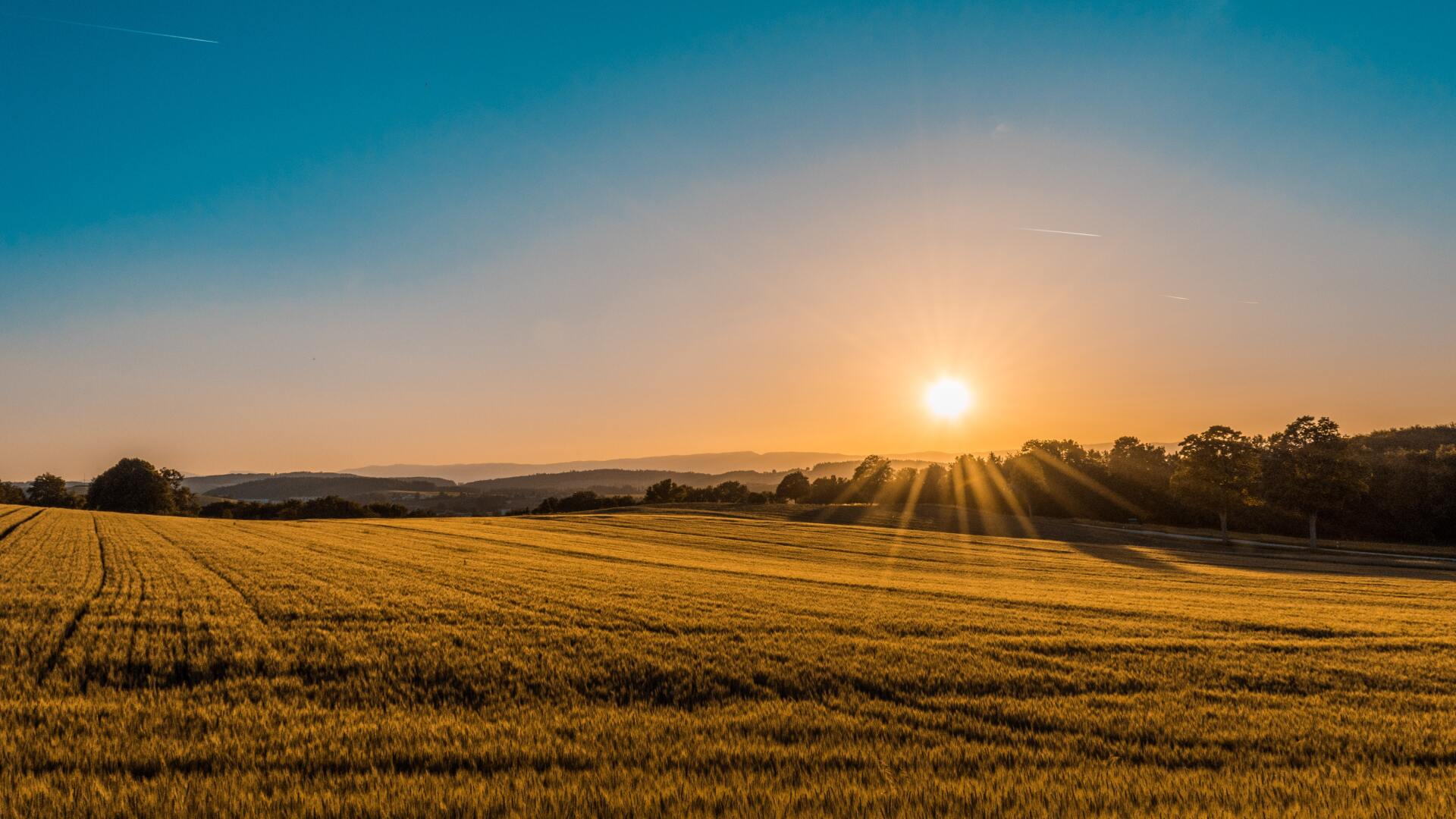The Dramatic Rise of No-Till Farming
While many people still conjure up the stereotypical image of a farmer plowing his fields when they think of farming, the reality is that many farmers are embracing alternative methods of crop cultivation — particularly no-till farming. No-till farming has experienced a dramatic rise in popularity over the last several years. Here’s a closer look.
The Rise of No-Till Farming
As of 2021, it was estimated that roughly 507.6 million no-till farm acres were present worldwide, representing a 93 percent increase since 2008. This came on the heels of significant growth for no-till farming during the 2000s, which actually saw nearly 50 percent of crops such as soybeans and wheat get planted using this method.
Improvements to specialized seeding equipment have made it easier to implement no-till farming than ever before. In addition, soil conservation subsidies, other government policies, and changing consumer preferences have encouraged more farmers to make the switch to no-till farming.
Benefits of No-Till Farming
No-till farming’s rise can also be attributed to a variety of benefits associated with this method. Excess plowing contributes to soil erosion and releases carbon dioxide into the atmosphere. No-till farming can increase crop yield by helping to improve soil health. Farmers can help both the planet and their bottom line with no-till farming.
When properly implemented, no-till farming can have impressive outcomes for a wide variety of crops. To ensure the success of your farming operations, it is wise to pair no-till farming with micro drainage solutions that help keep soils from becoming oversaturated. Contact Richland Micro Drainage today to learn more about how we can help implement these innovative systems for your property.
